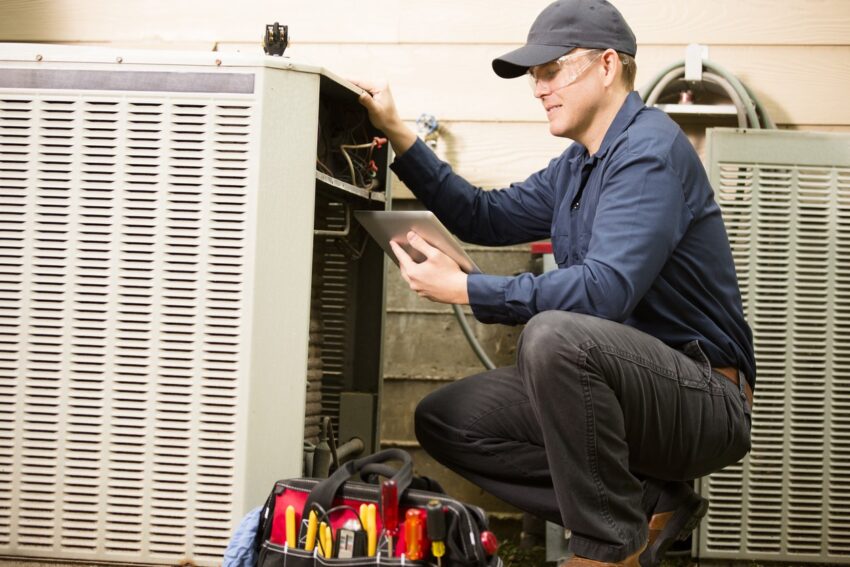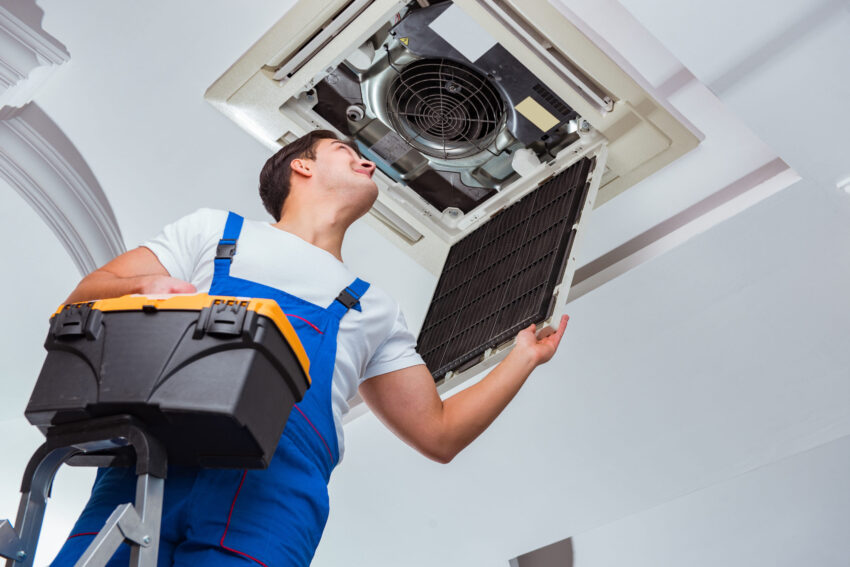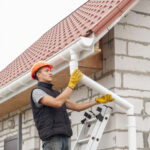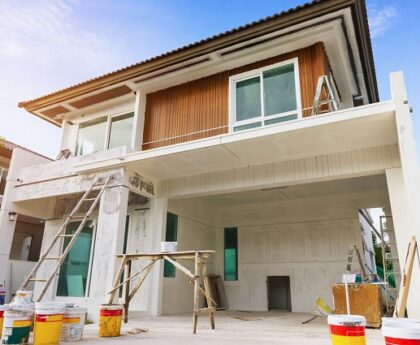An HVAC system is a crucial component of a building’s infrastructure as it helps to regulate the indoor environment’s temperature and air quality. The proper functioning of an HVAC system is necessary to ensure optimal comfort, energy efficiency, and indoor air quality. After installing an HVAC system, it is crucial to conduct an inspection to ensure that it is functioning correctly. In this article, we will discuss how to perform an HVAC inspection after installation.
Understanding the Basics of HVAC Inspection

Before we delve into the specifics of how to inspect an HVAC system, it is essential to understand the basics of HVAC inspection. HVAC inspection involves a thorough examination of the HVAC system to ensure that it is working correctly. During an HVAC inspection, the technician will check the system’s components, including the furnace, air conditioning unit, ductwork, and thermostat, among others.
Steps to Perform HVAC Inspection
The following are the steps to perform an HVAC inspection after installation:
Step 1: Turn Off the Power
Before inspecting the HVAC system, it is crucial to turn off the power. This is to avoid any risk of electrical shock or damage to the HVAC system.
Step 2: Inspect the Furnace
The furnace is a critical component of the HVAC system, and it is essential to ensure that it is functioning correctly. During the inspection, the technician will check the furnace’s filter, blower motor, and heat exchanger for any signs of wear and tear or damage. They will also check the gas lines for any leaks.
Step 3: Inspect the Air Conditioning Unit
The air conditioning unit is another critical component of the HVAC system. During the inspection, the technician will check the air conditioning unit’s refrigerant level, compressor, and condenser for any signs of wear and tear or damage. They will also check the air filters and clean them if necessary.
Step 4: Inspect the Ductwork
The ductwork is responsible for distributing conditioned air throughout the building. During the inspection, the technician will check the ductwork for any leaks, damage, or blockages. They will also check the insulation and sealing around the ducts to ensure that they are properly sealed.
Step 5: Inspect the Thermostat
The thermostat is responsible for controlling the HVAC system’s temperature. During the inspection, the technician will check the thermostat for any malfunction or damage. They will also check the wiring and connections to ensure that they are properly connected.
Step 6: Turn On the Power
After completing the inspection, it is time to turn on the power and test the HVAC system. The technician will check the system’s operation, including the heating and cooling functions, to ensure that they are working correctly.
Benefits of HVAC Inspection
Performing an HVAC inspection after the installation has several benefits, including:
Improved Energy Efficiency
An HVAC system that is functioning correctly will operate more efficiently, resulting in lower energy bills.
Improved Indoor Air Quality
An HVAC system that is functioning correctly will help to improve indoor air quality by removing contaminants such as dust, pollen, and other allergens from the air.
Longer Lifespan of HVAC System
Regular HVAC inspection can help to identify any potential problems before they become more significant, thus extending the lifespan of the HVAC system.
Conclusion
Performing an HVAC inspection after installation is crucial to ensure that the system is functioning correctly. By following the steps outlined above, you can perform an HVAC inspection effectively. Regular HVAC inspection can help to improve energy efficiency, indoor air quality, and extend the lifespan of the HVAC system.






